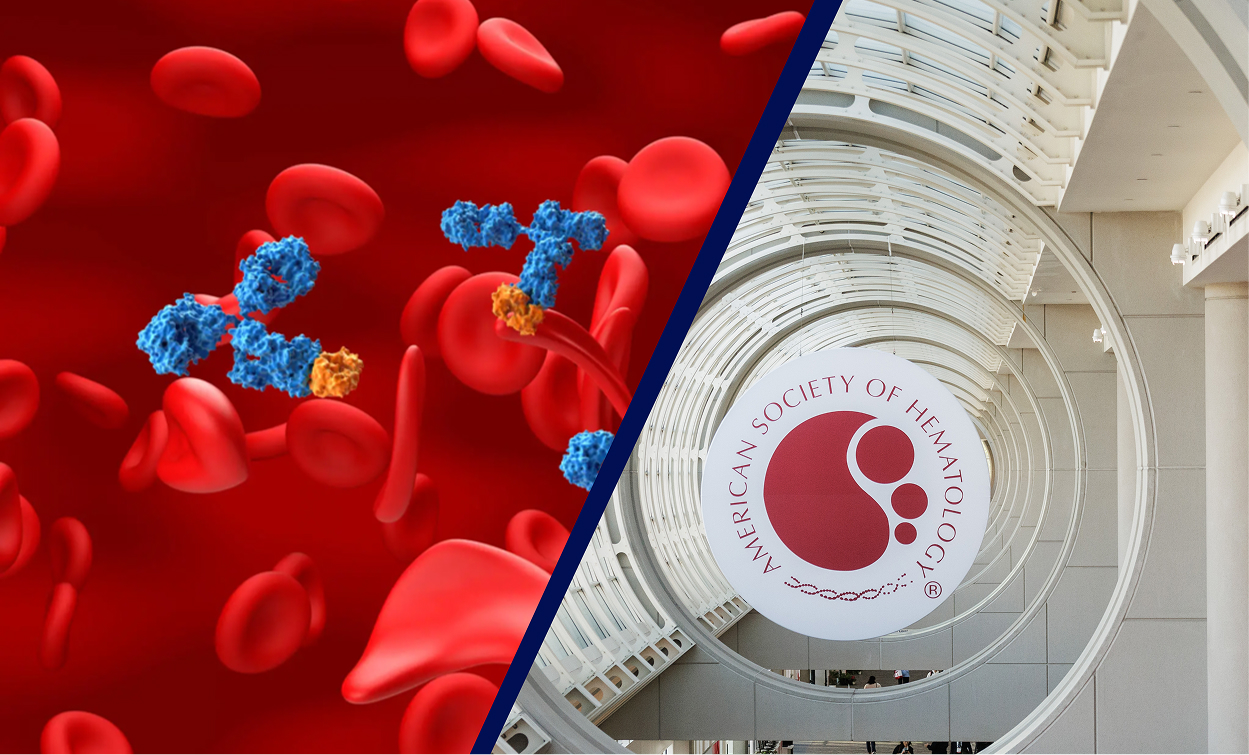Sickle Cell Trait
Sickle cell trait occurs when a person carries a single gene for sickle cell disease (SCD). This is estimated to affect 1 million to 3 million Americans and 8 to 10 percent of African Americans. Sickle cell trait can also affect Hispanics, South Asians, Caucasians from southern Europe, and people from Middle Eastern countries. More than 100 million people worldwide have sickle cell trait.
Unlike sickle cell disease, a serious illness in which patients have two genes that cause the production of abnormal hemoglobin (the substance in red blood cells that helps carry oxygen), individuals with sickle cell trait carry only one defective gene and typically live normal lives. Rarely, extreme conditions such as severe dehydration and high-intensity physical activity can lead to serious health issues, including sudden death, for individuals with sickle cell trait.
If an individual has sickle cell trait, it means that he or she carries or has inherited a single copy of the gene that causes sickle cell disease. It is not a disease. In general, people with sickle cell trait enjoy normal life spans with no medical problems related to sickle cell trait.
Sickle cell trait can never become sickle cell disease. It is possible, however, for individuals with sickle cell trait to pass the gene to their children.

Signs and Symptoms
Most people with sickle cell trait have no symptoms and will not have any health complications. Occasionally people with sickle cell trait can have blood in their urine. Under extreme conditions such as high altitude, severe dehydration, or very high intensity physical activity, red cells can become deformed or sickled. Complications include muscle breakdown (rhabdomyolysis), reduced blood supply to the spleen (ischemia/infarction), or increased pressure in the eye (glaucoma) following eye injuries. Finally, a very rare form of kidney cancer (renal medullary carcinoma) has been associated with sickle cell trait.
Risk Factors
Sickle cell trait is more common in certain ethnic groups, including:
- African Americans (8 to 10 percent of African Americans have sickle cell trait)
- Hispanics
- South Asians
- Caucasians from southern Europe
- People from Middle Eastern countries
All newborns in the United States are now tested for sickle cell disease and sickle cell trait. Sickle cell disease can be identified before birth by testing a sample of amniotic fluid or tissue from the placenta. People who carry the sickle cell gene can seek genetic counseling before pregnancy to discuss options.
ASH Position on Sickle Cell Trait as a Cause of Death
In January 2025, ASH issued an updated position statement listing "sickle cell crisis" or "sickle cell trait" as a cause of death on an autopsy report for an individual with sickle cell trait is medically inaccurate and without medical evidence of causation.

Is it Considered Safe to Play Sports if I Have Sickle Cell Trait?
When taking normal precautions, it is considered safe for people with sickle cell trait to play sports and engage in moderate exercise. Sickle cell trait – when a person carries a single gene for sickle cell disease – is not an illness, and most people with this trait will lead normal, active, and healthy lives without any associated symptoms or health conditions. In fact, several professional athletes are carriers of the trait.
Under extreme circumstances, there is a risk of a rare muscle injury. This breakdown of muscle (rhabdomyolysis) was found in people with sickle cell trait who have participated in high-intensity exercise, such as military training, and can lead to kidney failure and death. Rather than exclude people with sickle cell trait from military service, basic training procedures were reviewed and modified to make it safe for everyone. Rhabdomyolysis can affect anyone in extreme circumstances including high altitude, intense heat, or a crush injury.
Take breaks and stay hydrated. ASH developed a policy with several associations to urge athletic organizations to adopt universal preventive measures in their training programs to protect all athletes – regardless of sickle cell trait status – from illness and death related to high-intensity exercise, such as ensuring proper water intake and rest breaks.
Find additional trustworthy information on blood disorders in the full Blood Health Information Hub library. Have you seen any misinformation on blood disorders you want ASH to address? Contact [email protected].
Where Can I Find More Information?
If you are interested in learning more about blood diseases and disorders, here are a few resources that may be helpful.




